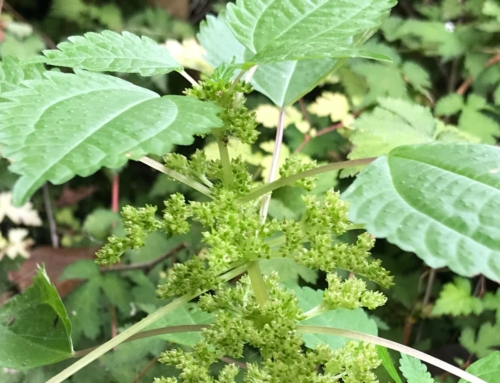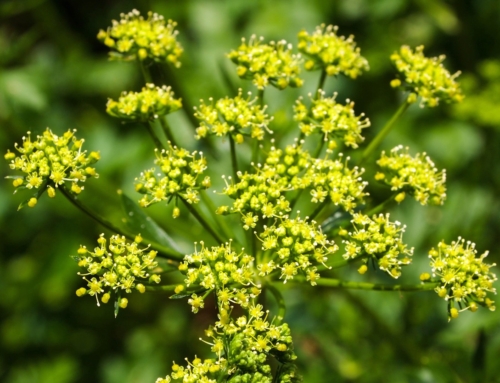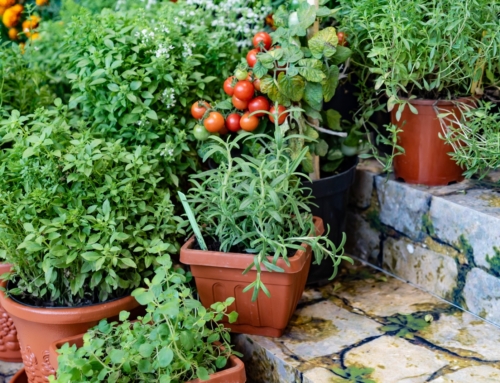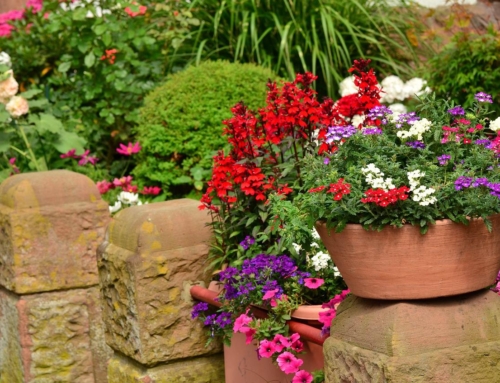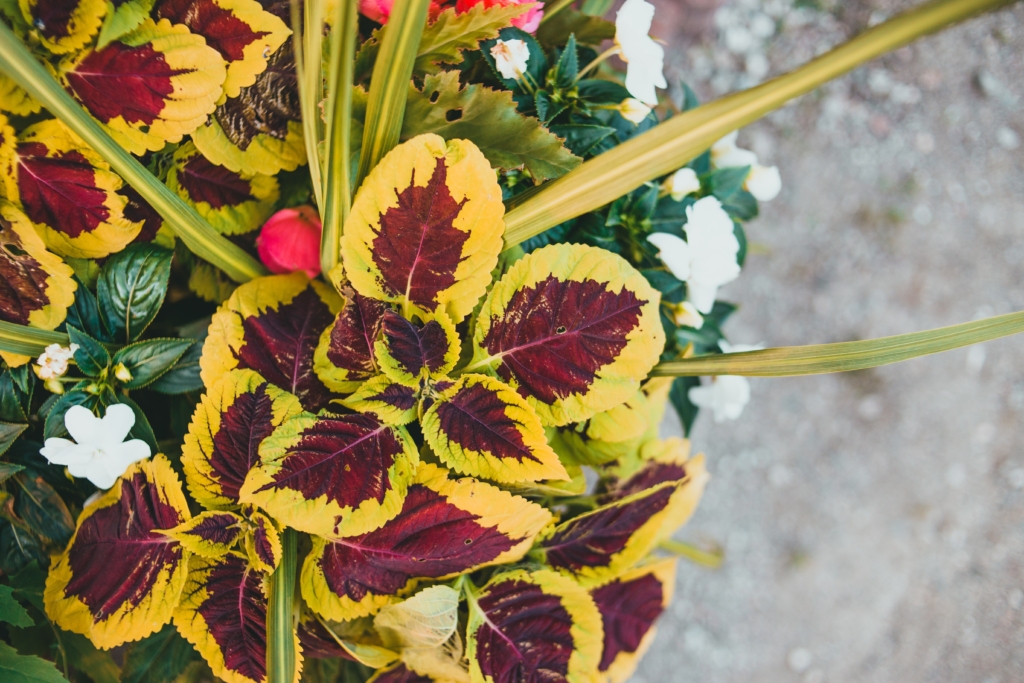
While you may think that the most difficult part of container gardening is choosing that perfect container, actually there are several more critical pieces that need to fit together for ultimate success.
As we discussed previously, choosing the right container for the design you are seeking to create is your first decision. Using the right media for the plants you intend to put in the container is the second. Choosing the combination of plants is your next decision.
If your container garden is intended to be a living flower arrangement with roots, you need to start thinking about what aesthetic look you are seeking to create. Harmonious, dramatic, or soothing? Long-lasting or short-term? Indoor or outdoor? Shade or Sun? Having one kind of plant in a container, all one flower or a tomato plant or fruit tree, is fairly easy to assemble and maintain. A combination of plants in the same container requires that the blended plants have three commonalities – growing media, moisture needs, and light conditions. You will want to do a bit of research before you start shopping and assembling your plant combinations.
Experiment a little bit!
Experiment with plant sizes, shapes, and textures of leaves by placing them side-by-side. Texture refers to the overall size of the leaf as well as the surface. Grasses have narrow, fine, monochromatic leaves. Whereas hostas have large, shapely, multi-colored leaves. Contrasting size, color, surface texture and other plant physical characteristics provide drama and interest in a container garden. Conversely, using similar plants provide more of a soothing, harmonious look. It is important to gage your proportions when choosing size of container and height of plants. A visually pleasing balance is one-third container height to two-thirds plant height. You can also reverse that proportion to create a completely different look. The “rule of thirds” is commonly discussed in the creative arts. It applies to container gardens also. Don’t forget to consider the starting height of the plants and their potential to grow!
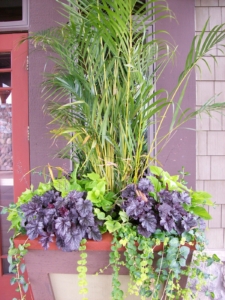
Experiment with color too
Color can complement or contrast the background where your container will be set. As such, you can use container gardens to create accent colors within your home or patio. Explore leaf and flower colors that bring back memories of places you have been, colors that emulate the region you live in, or maybe colors that just happen to be your favorites. If you already have a place in mind to set the container, take a picture of the location to help you in your exploration of colors. “Neutrals” in the plant world are broadened to include greens and browns, not just gray, black, cream and white. If the background setting is bright, such as a red door or yellow siding, take this into consideration as you start choosing your color scheme.
While working with colors may sound challenging, the creative art world has made it easier by providing us with a color wheel – a system that helps us think about how colors work together. Coordinated or “pulled-together” themes include monochromatic (all one-color hue), analogous (side-by-side colors from the color wheel), or complementary color (colors opposite each other on the color wheel). You can work with one of the three color wheel families – warm colors (red, orange, tangerine, apricot, yellow, terra cotta), cool colors (blue, purple, fuchsia, orchid, magenta, pink), or neutral garden colors (as previously mentioned). Warm color themes appear closer in distance visually, working well in larger outdoor spaces, while cool colors create the appearance of distance, blending with the foliage. Cool colors work well near a patio, sidewalk, or door where they will be enjoyed up close. Neutrals are already part of the landscape, so they are great blenders.
Thrillers, Fillers and Spillers
When it comes to outdoor patio containers arrangements, there are many types of looks that can be created. For a well-balanced, full patio container, the “thriller, filler, spiller” concept works very well.
Thrillers are plants that add height and create drama to the container combinations – thrillers are centerpiece plantings that can either be flowering or foliage plants. Some examples of thrillers are spikes, canna lilies, caladiums, or tall ornamental grasses. They are generally placed in the center or back of the container – center if the container will be viewed from all sides.
Fillers are rounded plants whose job is to make the container look fuller and more robust. More than one filler can be used is you are seeking variety. Some great filler plants include lantana, nemesia, diascia, and coleus. For the perfect effect, place the fillers in front of thrillers placed in the back or around thrillers placed in the center.
Spillers, as the name implies, are the last plants added as they are the trailing plants placed close to the edge so they can hang down. Common spillers include sweet potato vine, creeping jenny, or trailing petunias. Spillers should be placed around the pot if the container is going to be viewed on all sides.
Playing with color, texture, size, and all of the other plant characteristics that are available to you is one of the joys of container gardening. Have fun and make it your own, there is no right or wrong.
Find annual flower information
By Liza Cameron, Hennepin County Master Gardener volunteer
